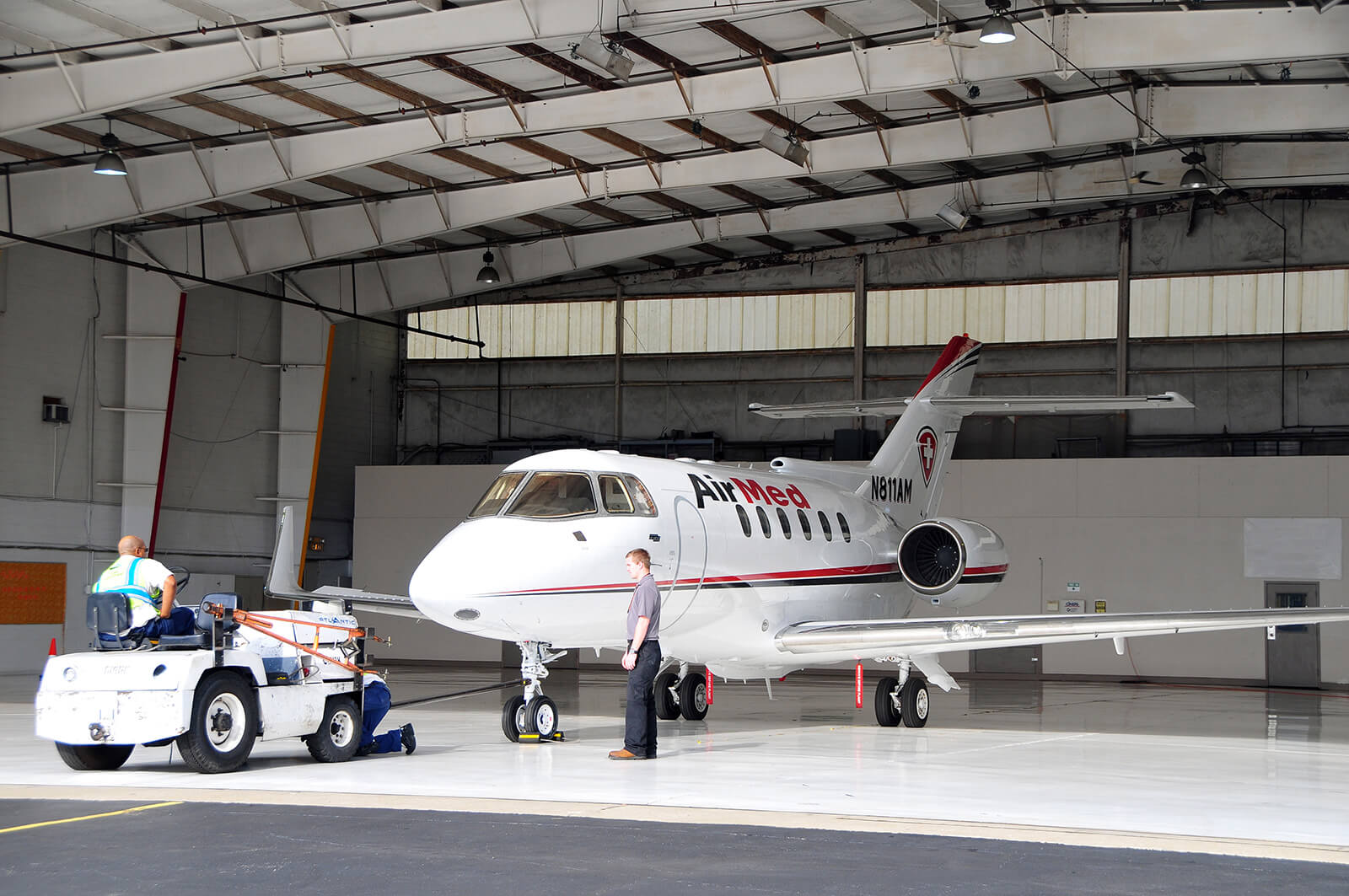5 Valuable Tips When Transporting Stroke Patients

Posted on May 29, 2019
What specific air ambulance tips need to be kept in mind when transporting patients who have suffered a stroke
Stroke patients are vulnerable and require medevac/ air ambulance services to be transported safely. The saddest thing about a stroke is that it never verifies the occasion, time, your age or location and sometimes knocks you down without any prior warning. Especially if you are travelling and are faced with communication barriers, unsatisfactory medical care and financial constraints - this can become quite troublesome for the patient and their families.
Below are some of the ways in which air medical transport can be made more effective for stroke patients:
Safety & Time
Stroke patients may want to receive medical attention from a trusted doctor, who is aware of your medical history as quickly as possible. However, a patient who suffers from a mini-stoke, may be required to spend three days in a hospital before they can be transported to their homeland via air ambulance. In case of a massive stroke, the patient is usually required to wait for two weeks before opting for air medical transport.
Medical Arrangements
Pre-flight assessment data needs to be acquired including: full assessment of the patient's current condition (type and severity of injury), medical history and the list of prescribed medication. Based on this information, arrangements for relevant in-flight critical patient care need to be made. This would also include arrangements for any accompanying family member and bedside to bedside services.
Medical Equipment
Stroke patients may require extensive in-built critical care units including essentials such as: oxygen, monitors, ventilators, stretchers, neonatal equipment and medication.
Medical Staff
The team should be trained and experienced to be able to fully cater to the needs of stroke patients and respond appropriately in case of an in-flight emergency. Stroke patients need to be monitored throughout the flight by nurses and paramedics, whereby ensuring that they are resting and comfortable.
There is a need for the staff to be extra careful with stroke patients and make every effort to help calm them down. Flight crew should ensure that the cabin is calm and quiet or they should provide earplugs to the patient.
On Ground Services
Patients may also need help with hospital admissions, medical clearance, ground transportation and fly-to-fly status verification. Therefore it is essential that all such requests are registered and handled on a priority basis.
How can AirMed help?
We have a wide range of aircrafts that are best for time-sensitive evacuations. To provide intensive care to patients flying after a stroke, our planes are equipped with the latest medical technology. We boast the best team of medical professionals in the industry. We also have a good alliance network that is spread across the most important airports in the world. You can totally depend on us for secure and safe air medical transport back to your home, your loved ones!